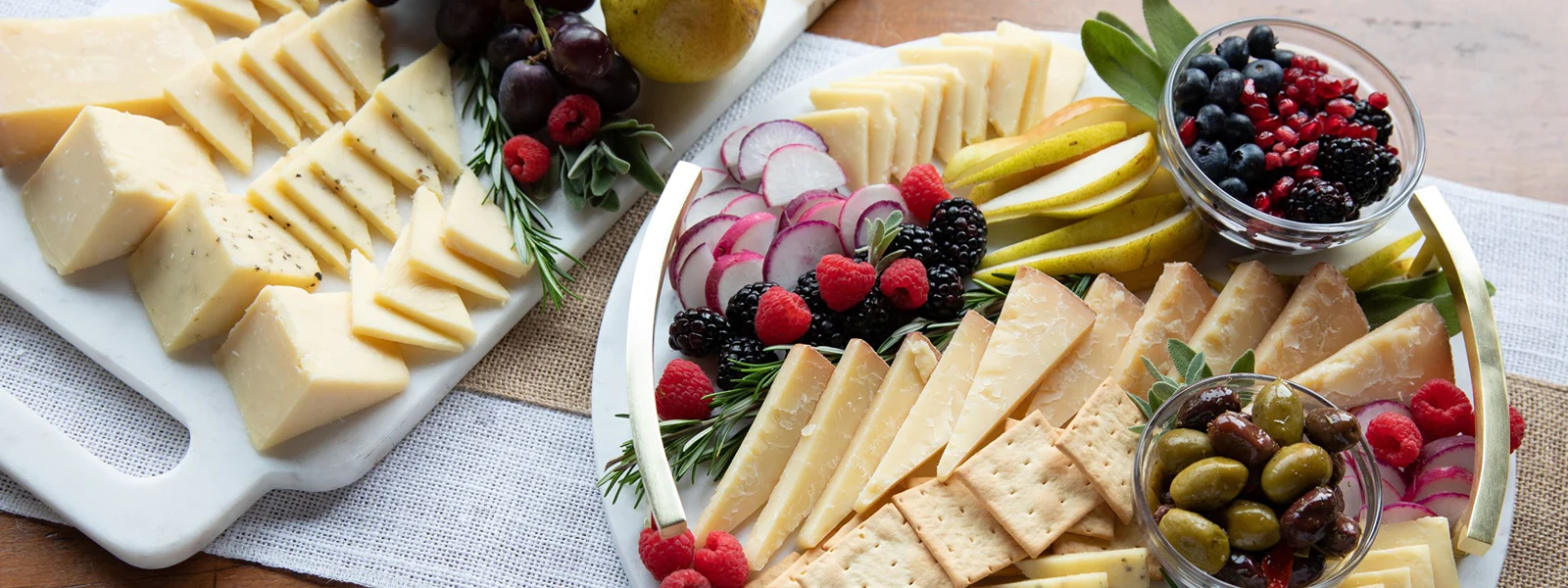One of the most fun parts of visiting Beecher’s Handmade Cheese is seeing how our specialty cheese gets made firsthand. Our cheesemaking kitchen in Seattle’s Pike Place Market offers a behind-the-scenes peak at the magic of cheesemaking.
We also partner with Shullsburg Creamery in Wisconsin, who follows the exact same method of open-vat cheesemaking with our specific, proprietary recipes to produce Beecher’s award-winning cheeses. Just like the Pike Place Market, Shullsburg makes our cheese in a kitchen visible to the public through glass windows.
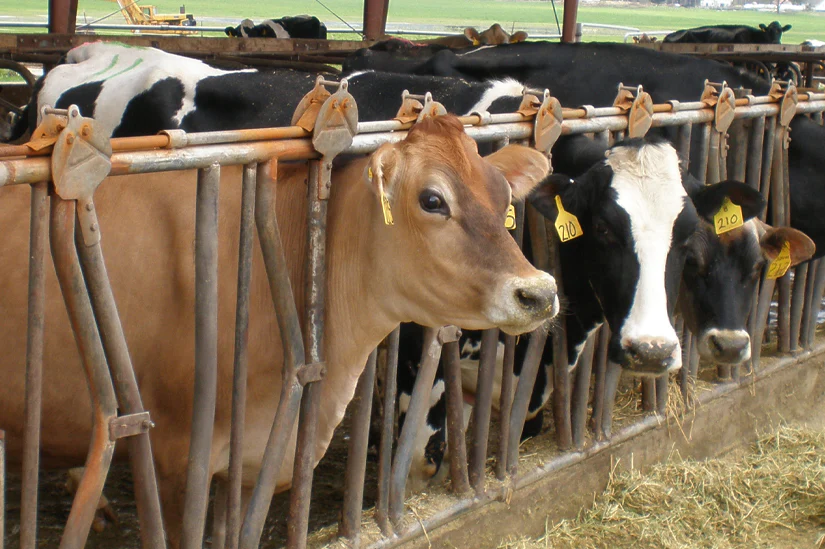
Beecher’s collaborates with family owned and operated farms just outside where we make our cheeses. Our milk comes from a combination of Jersey cows and Holsteins cows so that we capture the sweetness of Holstein milk with the high butterfat content of Jersey.
Early, early, EARLY in the morning, fresh milk arrives and is pumped directly into the holding tank for the day’s cheese production. The milk is pasteurized at 161°F using High Temperature Short Time (HTST). This process kills “bad” bacteria (pathogens) and improves food safety. From here, the stages of cheesemaking begin.
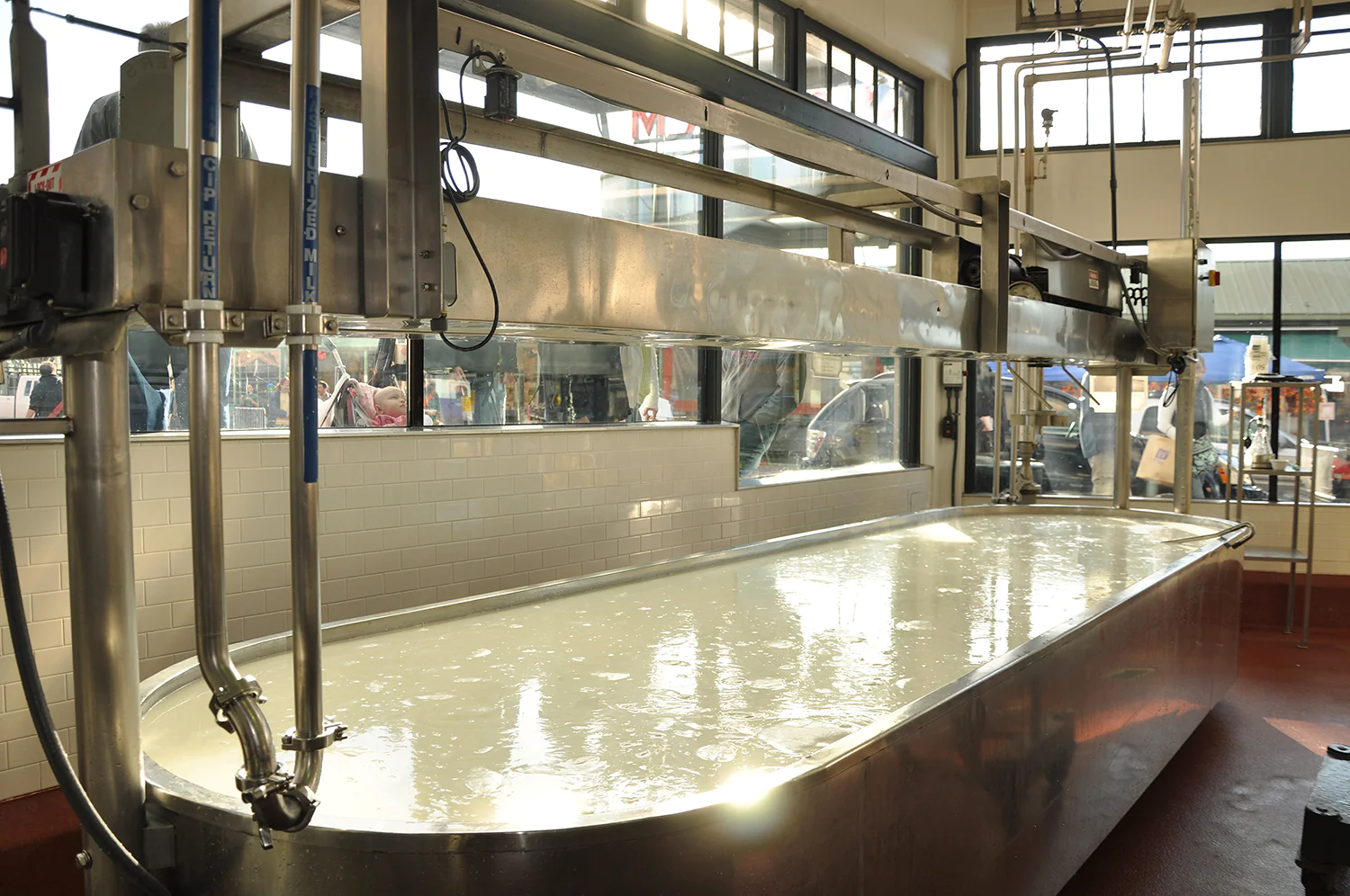
SETTING
After pasteurization, the milk is pumped into what we call our Make Vat. This is where we add the bacteria, in the form of cultures, that give the cheese its eventual identity. For most of Beecher’s cheeses, we use a combination of Cheddar cultures and Gruyere cultures. Between the two, a sharp, nuttiness develops, becoming more nuanced and rich in flavor over time.
The Make Vat is also where we add rennet to the milk, causing it to coagulate and giving it a custard-like consistency.

CUTTING
Once the milk has set into this loose curd, the cheesemakers use square, metal wireframes to cut the curd. This mix of curds and whey are continually monitored for temperature and pH. How quickly the cheese gets to a certain temperature and pH helps determine when the cheesemaking is ready for the next stage in the process.

DRAINING
From the Make Vat, the curds and whey are moved onto the Cheddaring Table. Part of the make process for our cheeses is to remove as much whey as possible.

KNITTING (CHEDDARING)
Once liquid drains, the curds remain heated and immediately begin to knit back together until the the curds are one sold slab of cheese. From this point we begin the cheddaring process of cheesemaking. The cheese is cut into loaves using machete-style knives. These loaves are then stacked and rotated over time, with the goal to release even more whey from the curd. The loaves are then run through a hopper, milling (chopping) them into bite-size pieces.
SALTING
At this point in the process, we add salt to dehydrate, flavor, and preserve the curds. At this point, what we have are the delicious, salty, squeaky cheese curds we all love.

HOOPING AND PRESSING
Once the loaves are milled into curds, the cheesemakers scoop them into the cheese molds, called “hoops.” Hoops come in all shapes and sizes, and depending on what the cheesemaker picks, these shapes and sizes effect how the cheese ages and, ultimately, how that aging effects the flavor and texture of the cheese.
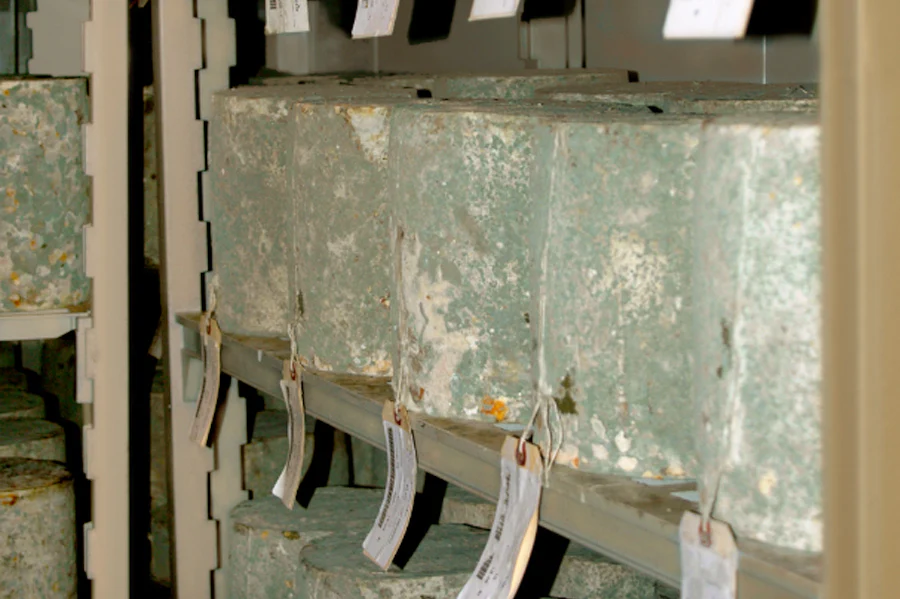
AFFINAGE
The final stage in cheesemaking is called “affinage,” which means the aging and maturing of cheese. Aging contributes flavor, texture, and complexity to the cheese. Beecher’s primarily uses two sizes of hoops – a 40lb hoop for cheese like Flagship, Marco Polo, and New Woman, and a 16lb cylindrical truckle hoop for our clothbound collection, including our Flagship Reserve, SheepSheep, and Flagsheep.
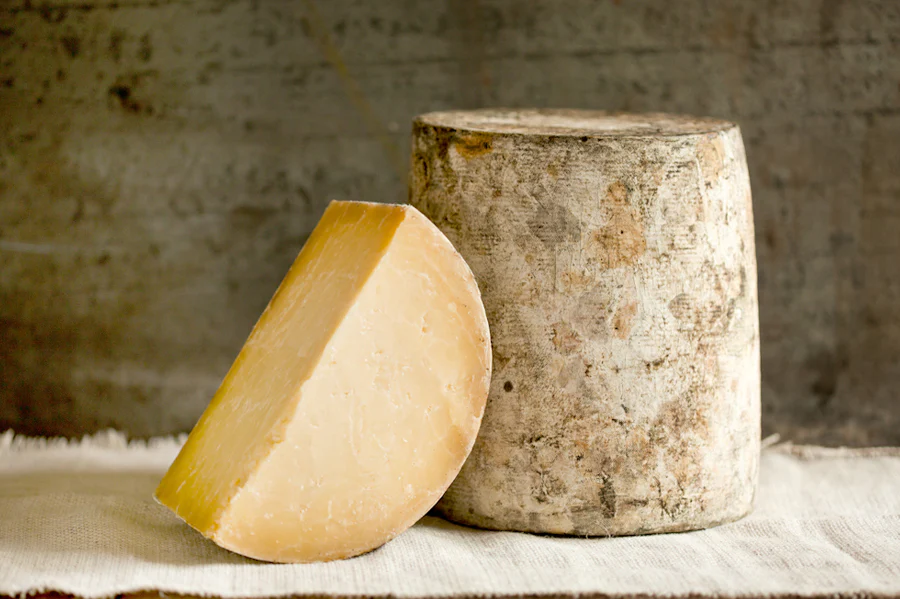
VOILA, CHEESE!
This journey, beginning with fresh, locally sourced milk and adding the passion and skill of artisan cheesemakers, culminates in the best of all deliciousness – amazing, gourmet cheese.

